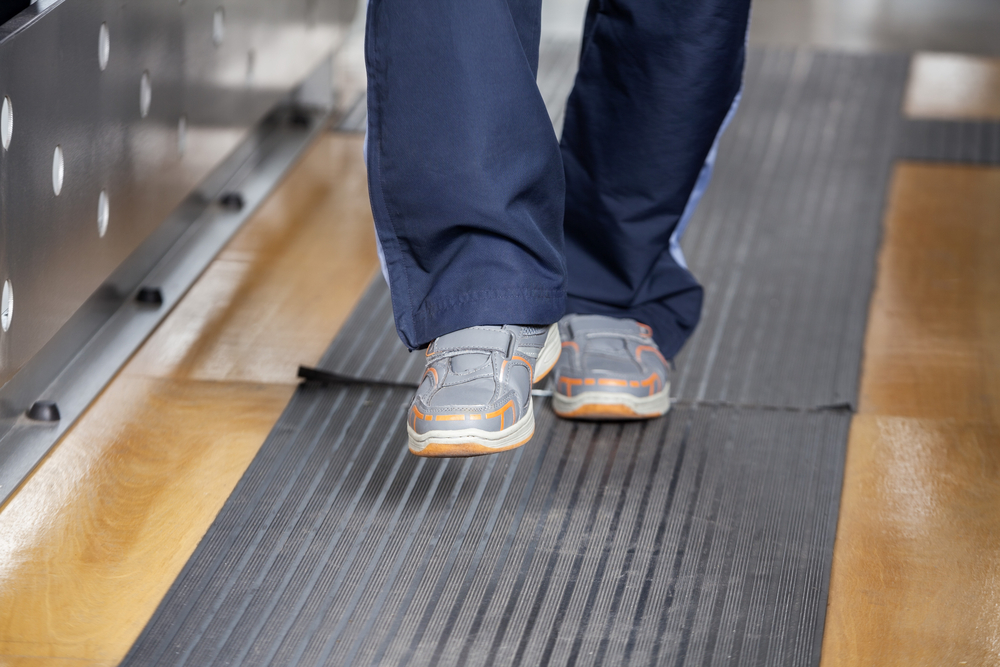
The Benefits of Gait Training
May 20, 2024 3:53 pm Leave your thoughtsGait training is a crucial component of physical therapy that focuses on improving an individual’s ability to walk and move efficiently. Whether recovering from an injury, surgery, or neurological condition, gait training in physical therapy plays a significant role in restoring mobility and independence. In this blog, we will explore the benefits of gait training in manual physical therapy and how it can help individuals improve their walking patterns and overall quality of life.
Understanding Gait Training in Physical Therapy
Gait training in physical therapy involves a series of exercises, techniques, and interventions designed to improve an individual’s walking pattern and functional mobility. The goal of gait training is to address any abnormalities or imbalances in the way a person walks, moves, or stands. By focusing on improving posture, balance, strength, and coordination, gait training can help individuals regain confidence and independence in their daily activities.
Benefits of Gait Training
There are numerous benefits to incorporating gait training in manual physical therapy for individuals with mobility issues or gait abnormalities. Some of the key advantages of gait training include:
Improved Walking Patterns: Gait training helps individuals improve their walking patterns by addressing issues such as uneven stride length, foot placement, and weight distribution. By practicing proper gait mechanics, individuals can walk more efficiently and with reduced strain on their muscles and joints.
Enhanced Balance and Stability: Gait training exercises can help improve balance and stability, which are essential for preventing falls and maintaining independence. By focusing on strengthening core muscles and improving proprioception, individuals can maintain proper alignment and stability while walking.
Increased Strength and Endurance: Gait training in physical therapy focuses on strengthening the muscles involved in walking, such as the legs, hips, and core. By incorporating resistance exercises, flexibility training, and cardiovascular conditioning, individuals can improve their overall strength and endurance for better walking performance.
Pain Reduction: Gait training can help reduce pain and discomfort associated with walking abnormalities or musculoskeletal conditions. By correcting faulty movement patterns and improving biomechanics, individuals can experience less pain and strain on their joints and muscles.
Functional Independence: One of the primary goals of gait training is to help individuals regain functional independence and mobility in their daily activities. By improving walking efficiency and balance, individuals can perform tasks such as walking, climbing stairs, and standing from a seated position with greater ease and confidence.
Customized Treatment Plans: Gait training in manual physical therapy is tailored to each individual’s unique needs, goals, and limitations. Physical therapists assess gait patterns, strength, flexibility, and balance to develop personalized treatment plans that address specific impairments and functional limitations.
Integration of Technology: Advances in technology have enhanced the effectiveness of gait training in physical therapy. Tools such as gait analysis systems, wearable devices, and virtual reality training programs provide real-time feedback and data to track progress and optimize treatment outcomes.
Collaborative Approach: Gait training often involves a multidisciplinary approach, with physical therapists working closely with other healthcare professionals such as orthopedic surgeons, neurologists, and occupational therapists. This collaborative approach ensures comprehensive care and coordination of services for individuals undergoing gait training.
Long-Term Benefits: Gait training in physical therapy offers long-term benefits beyond the rehabilitation period. By incorporating proper walking techniques and functional exercises into daily routines, individuals can maintain improved gait mechanics, strength, and balance for years to come.
Enhanced Quality of Life: Ultimately, the goal of gait training in physical therapy is to improve the overall quality of life for individuals with mobility challenges. By restoring walking ability, confidence, and independence, gait training empowers individuals to participate in activities they enjoy and lead fulfilling, active lives.
Summary
Gait training in manual physical therapy plays a vital role in improving walking patterns, mobility, and quality of life for individuals with movement impairments. By addressing gait abnormalities, improving balance and stability, increasing strength and endurance, and promoting functional independence, gait training helps individuals regain confidence and independence in their daily activities. With customized treatment plans, integration of technology, and a collaborative approach, gait training offers long-term benefits and enhances overall well-being for those seeking to improve their walking abilities.
Our Commitment to Your Recovery Goals
Categorised in: Gait Training
This post was written by admin
